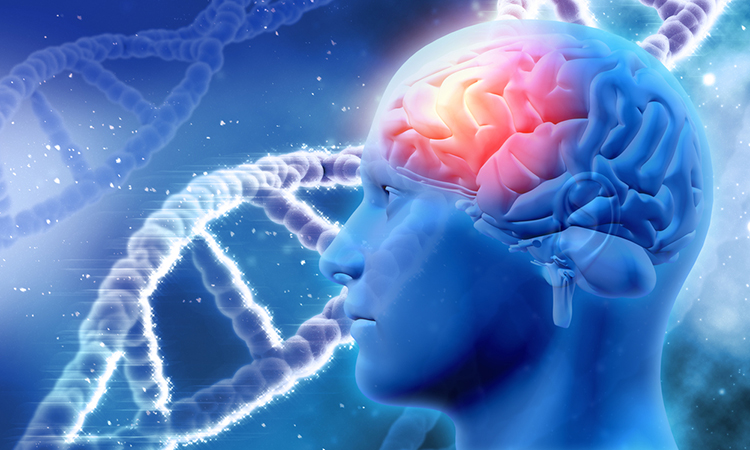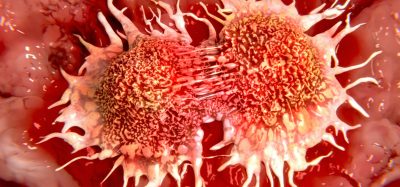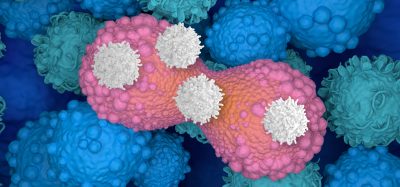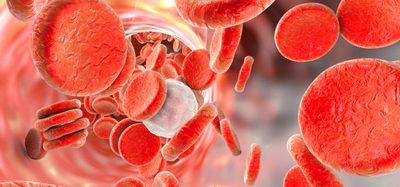Novel cancer vaccine simultaneously kills and prevents brain cancer
Posted: 5 January 2023 | Izzy Wood (Drug Target Review) | No comments yet
US researchers develop a dual-action cell therapy engineered to eliminate established tumours and train the immune system to eradicate primary tumour and prevent cancer’s recurrence.

Brigham and Women’s Hospital scientists, US, have harnessed a new way to turn cancer cells into potent, anti-cancer agents.
Their latest work, published in Science Translational Medicine, involved developing a new cell therapy approach to eliminate established tumours and induce long-term immunity, training the immune system so that it can prevent cancer from recurring.
The team tested their dual-action, cancer-killing vaccine in an advanced mouse model of the deadly brain cancer glioblastoma, with promising results.
“Our team has pursued a simple idea: to take cancer cells and transform them into cancer killers and vaccines,” said corresponding author Dr Khalid Shah, director of the Centre for Stem Cell and Translational Immunotherapy (CSTI) and the vice chair of research in the Department of Neurosurgery at the Brigham and faculty at Harvard Medical School and Harvard Stem Cell Institute (HSCI).
“Using gene engineering, we are repurposing cancer cells to develop a therapeutic that kills tumour cells and stimulates the immune system to both destroy primary tumours and prevent cancer.”
Instead of using inactivated tumour cells, the researchers repurposed living tumour cells, which possess an unusual feature. Living tumour cells will travel long distances across the brain to return to the site of their fellow tumour cells.
Taking advantage of this unique property, the scientists engineered living tumour cells using the gene editing tool CRISPR-Cas9 and repurposed them to release tumour cell killing agent. In addition, the engineered tumour cells were designed to express factors that would make them easy for the immune system to spot, tag and remember, priming the immune system for a long-term anti-tumour response.
The team tested their repurposed CRISPR-enhanced and reverse-engineered therapeutic tumour cells (ThTC) in different mice strains, including the one that bore bone marrow, liver and thymus cells derived from humans, mimicking the human immune microenvironment.
They also built a two-layered safety switch into the cancer cell, which, when activated, eradicated ThTCs. This dual-action cell therapy was safe, applicable, and efficacious in these models, suggesting a roadmap toward therapy.
While further testing and development is needed, the researchers specifically chose this model and used human cells to smooth the path of translating their findings for patient settings.
“Our goal is to take an innovative but translatable approach so that we can develop a therapeutic, cancer-killing vaccine that ultimately will have a lasting impact in medicine.” Shah noted that this therapeutic strategy is applicable to a wider range of solid tumours and that further investigations of its applications are warranted.
Related topics
Cell Therapy, CRISPR, Targets, Therapeutics, Vaccine
Related conditions
Brain cancer, glioblastoma (GBM)
Related organisations
Brigham and Women’s Hospital at Harvard Medical School, Centre for Stem Cell and Translational Immunotherapy
Related people
Dr Khalid Shah







